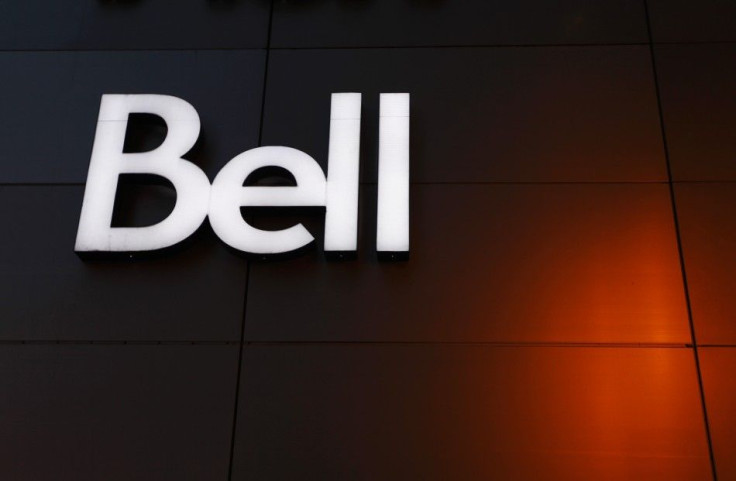Big Canada Internet providers win partial victory

GATINEAU, Quebec (Reuters) - Canada's communications regulator handed a partial victory on Tuesday to big Internet service providers by allowing them to charge lease fees based on the amount of capacity small providers use.
However, the Canadian Radio-Television and Telecommunications Commission rejected BCE Inc's bid to be allowed to charge wholesalers for Internet services on a volume basis, also known as usage-based billing.
The CRTC's mixed decision means smaller firms will have to pay more to big providers such as BCE's Bell unit for use of their networks at busy times when capacity is constrained. The smaller ISPs are expected to pass any added costs along to their customers.
The CRTC also said the big network providers could offer Internet services to smaller firms for a flat monthly fee.
The new rules mean that smaller ISPs will have to determine in advance how much capacity they need to provide for their customers and whether to charge more at peak periods or manage traffic by means known as data throttling.
The policy issues have been resolved. The small ISPs get pricing flexibility and the network owners can adopt peak capacity models, Bell's senior vice-president for regulation, Mirko Bibic, told Reuters.
By way of analogy, instead of being charged per car that travels on a highway, the small providers will be charged per lane they want to use.
If they run out at times of peak demand they will have to buy more from the big service providers, who have the freedom to choose whether to offer flat rate or capacity-based wholesale Internet service. The CRTC set the fees the providers can choose.
The commission got the capacity-based model correct ... but we're very concerned with the rates they have set, specifically with the capacity charges they have levied, said Bill Sandiford, who represents smaller ISPs as the head of the Canadian Network Operators Consortium.
CRTC Chairman Konrad von Finckenstein said in a statement that he wanted Canadians to have as many options as possible.
Independent Internet service providers provide an alternative to the large telephone and cable companies, but must rely on these same companies for certain elements of their network. Under the capacity-based model announced today, they will have to forecast their usage and plan accordingly, he said.
Smaller ISPs such as TekSavvy had tried to mimic U.S. and other foreign systems with far larger download limits, or unlimited-use contracts. But they need to lease bandwidth from the bigger providers, prompting the pricing debate.
The CRTC issued its ruling after the federal government said it would block an earlier decision by the regulator that let BCE charge wholesalers on the same usage-based basis that it uses for its own customers, minus a 15 percent discount. The CRTC then agreed to revisit its decision.
Lobby group OpenMedia.ca, which had rallied consumers with a petition against usage-based billing, claimed a victory.
It is truly rare for people to outmaneuver Big Telecom's army of lobbyists, but together Canadians did it, Executive Director Steve Anderson said.
The opposition Liberal party, which had opposed the initial CRTC ruling and put pressure on the Conservative government to intervene, was more cautious.
This is a big improvement over the January 2011 decision which would have introduced usage-based billing, but I still have concerns about how today's ruling will impact consumer options, Industry critic Geoff Regan said in a statement.
Big Canadian providers like Bell, Shaw Communications and Rogers Communications charge their own retail customers extra if they download beyond monthly limits that are usually between 20 and 60 gigabytes. Big U.S. landline Internet providers typically offer unlimited use plans.
Some 500,000 Canadians, or 5 percent of all Internet users, buy Internet access from smaller ISPs, which for technical reasons tend to lease space on phone lines rather than on cable infrastructure.
Cable companies such as Rogers and Shaw have more than 50 percent of the market for high-speed Internet.
The capped and metered pricing of Canadian Internet services prompted Netflix to tweak its streaming movie and television service earlier this year to use less bandwidth.
CNOC's Sandiford said the ruling meant that the cost to a small ISP customer who streams video during the 7 pm to 10 pm peak period would go up significantly.
As a net result, smaller ISPs are going to have no choice but to alter their billing models, he said.
(Additional reporting and writing by Alastair Sharp in Toronto, editing by Janet Guttsman and Rob Wilson)
© Copyright Thomson Reuters 2024. All rights reserved.





















